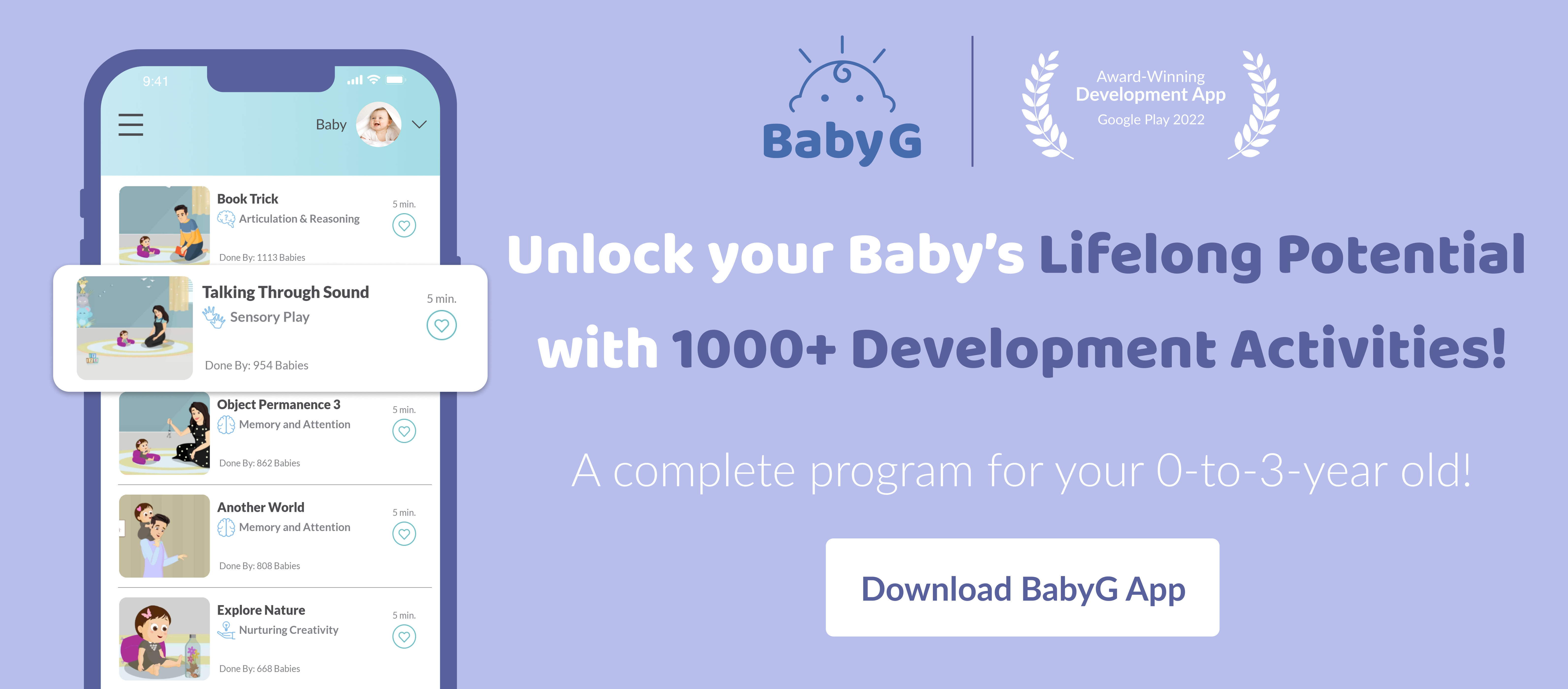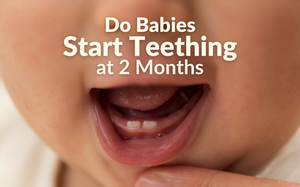
Is Indian style baby massage good for babies?
Indian style baby massage is a traditional practice of many households in India. Scientific studies have proven this style of massage to have positive benefits on a baby's physical growth and development. As this massage technique facilitates bonding between the child and the caregiver, it enhances the emotional development of the baby as well as alleviates stress and anxiety of the caregiver. The baby feels calm and relaxed post the massage session promoting better sleep.Digestive issues such as colic, gas and constipation that are common in newborns can be alleviated with certain massage techniques. Research indicates that the touch stimulus sparks certain neurons in the brain and may also assist in the child's cognitive development. This is a gentle and nurturing form of interaction with a newborn and rarely has any negative effects.
Benefits of Indian style newborn baby massage
Indian style baby massage can provide many benefits for newborns. Here are some of them:- Massage helps to improve the primary social and listening skills of the baby. This can be through eye contact, poems, songs or even talking to the baby accompanied with the soothing touch during the massage sessions. Some studies also show that this engagement with the child also helps increase the feeling of attachment and care for the parents also helps in relieving stress and anxiety of the caregivers.
- By using different strokes, massage techniques improve the flow of nutrients and oxygen to the body's cells, which may help the baby's breathing pattern and respiratory health.
- Massage can increase blood circulation and stimulate the lymphatic system. This may boost the baby's immune system and reduce the frequency of illness and infection
- Regular massage may also help with weight gain through release of growth hormone along with various other hormones.
- Due to the gentle stroke and rhythmic movements of the massage, the baby may feel more calm and relaxed which may lead to better quality and duration of sleep.
- Massaging over the tummy can provide relief from gas, colic, and constipation.
- Regular massage can improve muscle tone and lead to better muscle flexibility and coordination along with increased body awareness.
- Stimulation of the face and mouth helps to the awareness of the oral motor muscles which is needed for the development of chewing, swallowing and speech.
- Massage may help to improve cognitive function as it enhances body and spatial awareness, cause and effect of body movements, and increases attention span.
How to massage a newborn baby in Indian style
Let us discuss some of the basic steps to massage a newborn :
Warm the oil slightly in your hands before applying it to your baby's body.
Begin by massaging your baby's head with gentle circular motions. Make sure that you are gentle as the newborn’s skulls are very delicate and vulnerable. Stroke gently from the forehead outwards using your finger tips. Move on to your baby’s face and tap with your fingers gently. Apply light strokes on your baby’s cheeks, nose and chin and then lower towards the neck and shoulders.
Make vertical strokes from the shoulders downwards on the baby's arms to the wrists. Spread your babies hands to massage each finger individually and gently Make circles with your thumbs to massage their palms.
Massage the chest and tummy gently with gentle strokes and circular motions. If your baby is calm, turn them over and stroke their back. Long, slow strokes from the head to the toes are recommended.
Massage the legs by gently stroking downwards and kneading the muscles of the thighs, knees and calves.
End by massaging your baby's feet. Stroke from the heel to the toe and then work on each toe individually, spreading them out and giving each a gentle pull. Gently knead the soles of the feet using your thumbs.
After the massage wrap your baby in a warm towel or blanket and cuddle together for a few minutes to continue the bonding experience.
You can start the massage at the top of the body and work your way down or vice versa depending on your preference. Pay attention to your baby's responses and modify the massage accordingly and discontinue the massage if your baby seems uncomfortable.
Here is a reference video link demonstrating the steps to Indian style newborn baby massage
When to massage a newborn baby
It is important to perform massage techniques for newborns with care. You can begin Dry massage from the first day itself. Since Indian style newborn massage involves the use of oils, it is recommended to wait for at least ten days to two weeks for the baby's skin barrier to be fully developed.It is also advisable to wait for the umbilical stump to dry up and fall before starting massage to avoid risk of infection. For a premature baby, it is necessary to consult your doctor before starting any new techniques.
In conclusion, Indian style newborn baby massage provides several benefits to the baby as well as the caregivers. If accurate techniques of massage are followed along with the use of suitable products this is a great technique to contribute to the overall emotional and physical development of your baby.













LEAVE A COMMENT